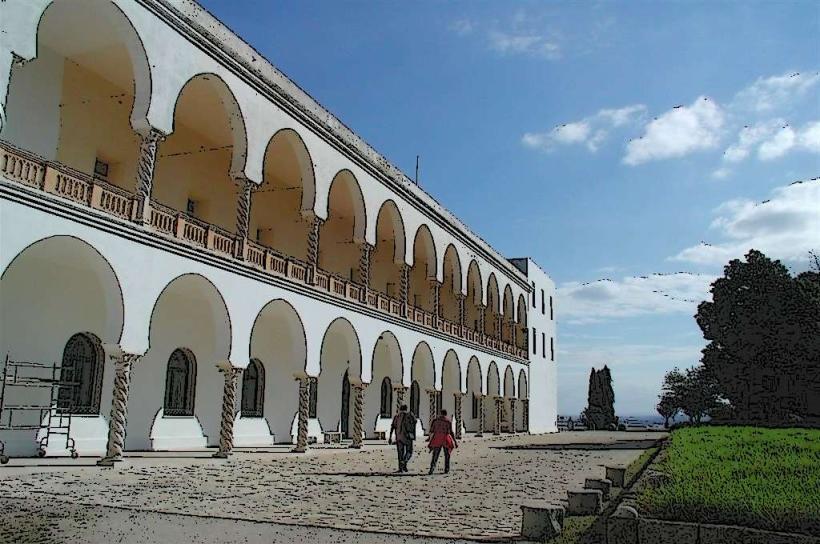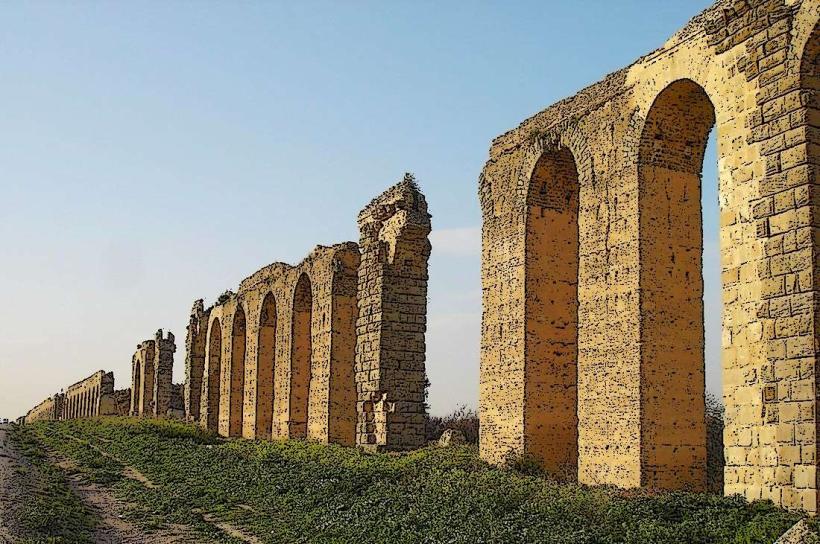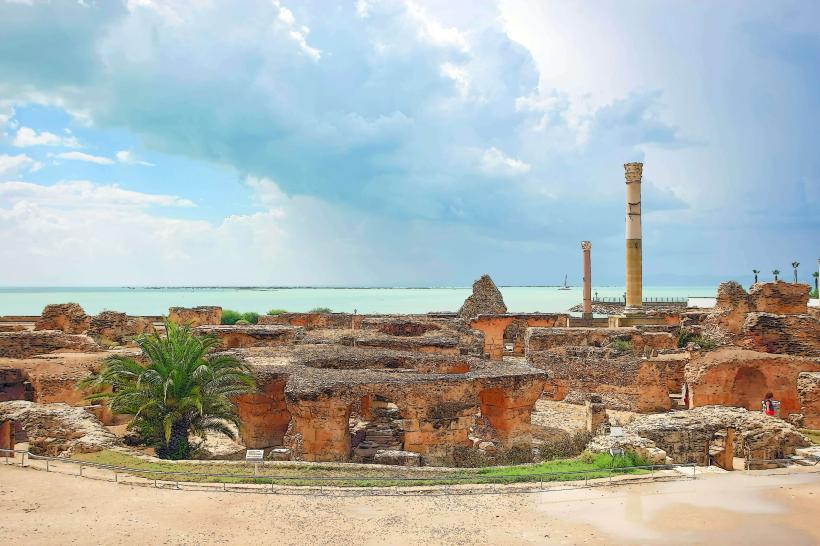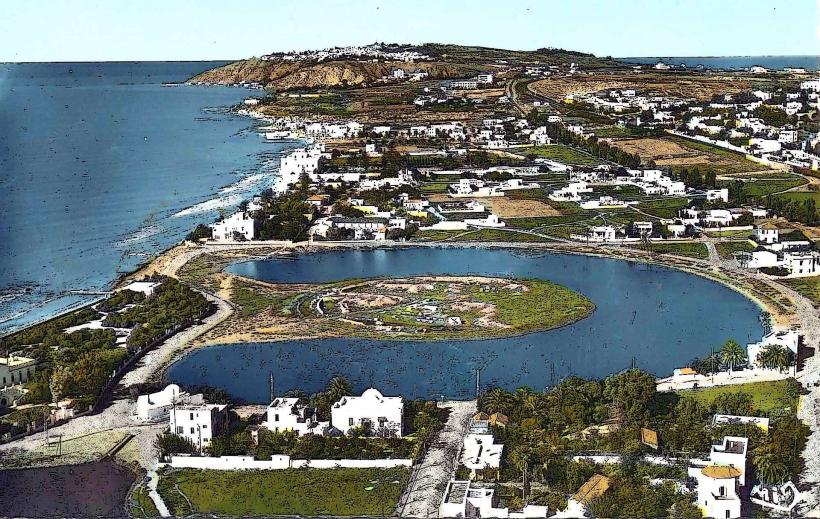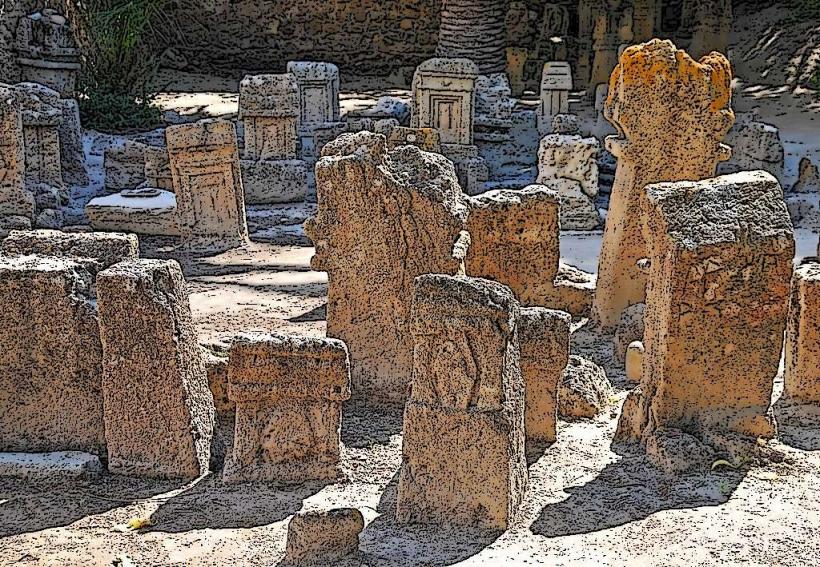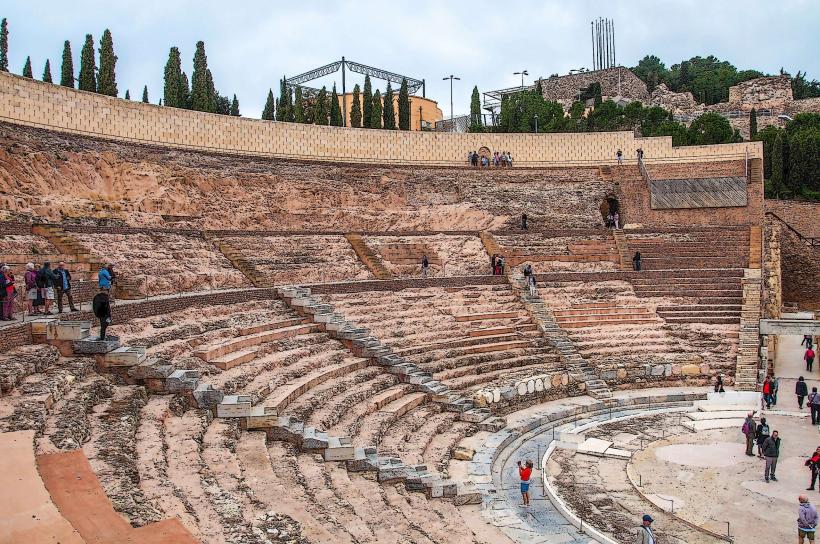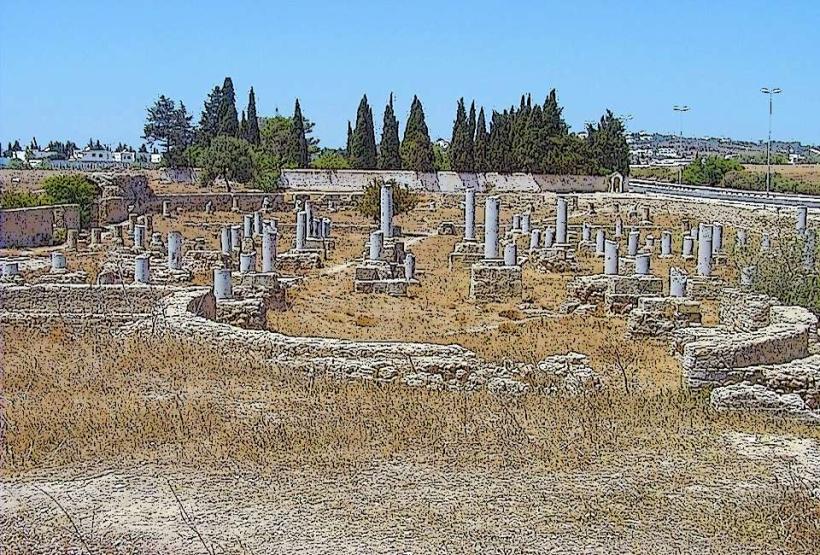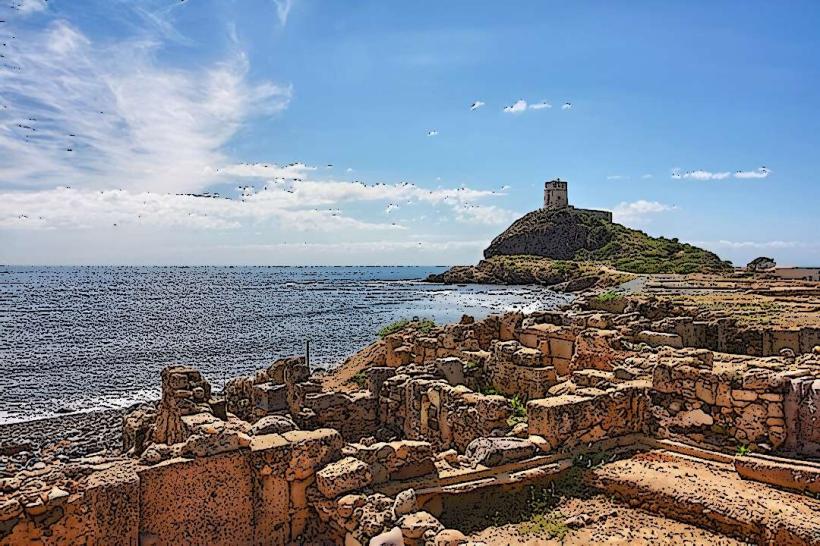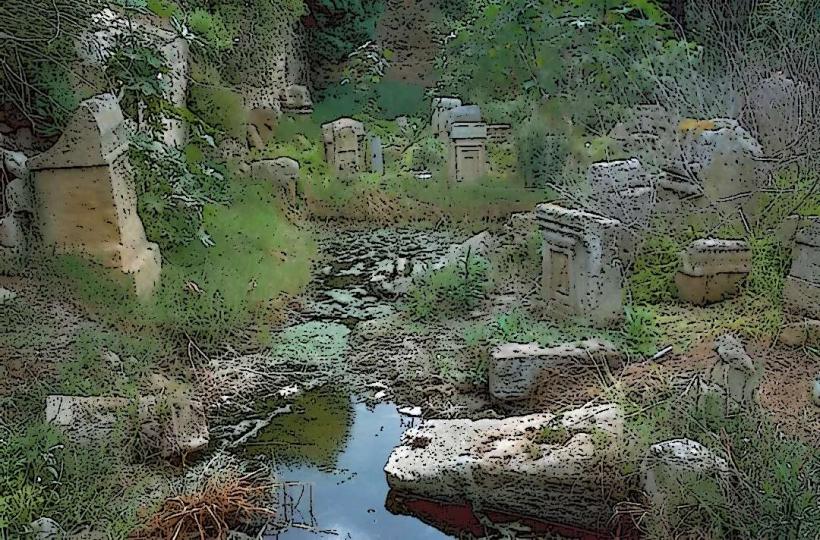Information
Landmark: Byrsa HillCity: Carthage
Country: Tunisia
Continent: Africa
Byrsa Hill, Carthage, Tunisia, Africa
Overview
Byrsa Hill stands as one of Carthage’s most pivotal and symbolic sites, echoing its storied past from the Punic era to the Roman age, where worn stones still catch the late afternoon sun, and it was the beating heart of ancient Carthage, watching battles flare and markets bustle through countless centuries.Honestly, In Carthage’s earliest days, around the 9th century BCE, Byrsa Hill rose at the city’s heart, serving as its citadel and strongest line of defense, alternatively the name “Byrsa” comes from the Greek word for “hide,” meaning animal skin, and ties back to a legendary tale of cunning.If I’m being honest, Legend has it that Queen Dido-also known as Elissa-the Phoenician founder of Carthage, was promised as much land as she could encircle with a single bull’s hide, tough and sun-browned from age, then with quick hands, she sliced the hide into narrow strips, then wound them around Byrsa Hill, staking out the ground for her novel city.Legend or not, Byrsa Hill stood as the clear starting point for the city’s growth, its stone slopes catching the morning sun, in addition perched high with sweeping views of the land below, Byrsa Hill stood as a formidable stronghold.In the Punic Wars-most fiercely in the Third, from 149 to 146 BCE-Byrsa stood as Carthage’s final stronghold, where defenders held the walls against the Roman advance, subsequently after a long, punishing siege, Scipio Aemilianus’s troops stormed Byrsa Hill, their boots crunching over shattered stone, sealing Carthage’s fate in 146 BCE.Roman Carthage: After razing Punic Carthage to the ground, the Romans later rebuilt it, giving it novel life under Emperor Augustus, with fresh marble streets gleaming in the sun, simultaneously byrsa Hill kept its spot at the heart of the Roman city, where they raised grand buildings, including a forum-the bustling public square lined with stone columns.On Byrsa Hill, the Romans built a sprawling forum lined with statues, flanked by temples and solid stone offices where officials once worked, while the forum stood as a clear sign of Roman power, marking Carthage’s shift into a bustling Roman city where stone arches caught the midday sun.In the Punic Quarter, digs uncovered the stone outlines of ancient Punic homes lying quietly beneath the weight of later Roman buildings, in turn these homes reveal a carefully planned city, with sturdy streets underfoot, neat drainage channels, and houses divided into several rooms.Just so you know, Some houses rose two or three stories, their walls dressed in intricate carvings, a clear sign that pre-Roman Carthage thrived in wealth and sophistication, and punic Street Grid: Archaeologists uncovered sections of the ancient Punic street layout, its straight lines and neatly fitted stones revealing deliberate design and skilled building centuries before Rome arrived.On Byrsa Hill, excavations have revealed a wealth of Punic and Roman artifacts-pottery still dusted with soil, inscriptions, statues, and everyday household pieces-offering historians a vivid window into life in both periods, after that in the late 1800s, under French colonial rule, builders raised a Catholic cathedral honoring King Louis IX on the crest of Byrsa Hill, its white stone catching the afternoon sun.Louis IX died during the Eighth Crusade, collapsing near the dust and heat of Carthage, while the cathedral no longer hosts worshippers; instead, it rises in quiet dignity, its stone walls echoing centuries of history.Mind you, The Carthage National Museum sits just a short meander from the cathedral, its stone walls holding centuries of history, meanwhile inside, you’ll find a vast trove of Punic and Roman artifacts unearthed around Carthage-bronze coins, worn smooth by centuries-making it one of the best spots to grasp the city’s layered history.Byrsa Hill stands as a powerful reminder of Carthage-its stubborn resilience and its heartbreaking fall, like the echo of footsteps on ancient stone, in conjunction with it tells the city’s story-born in legend, rising as a vibrant Mediterranean hub, shattered in Rome’s assault, then rebuilt under Roman rule.As far as I can tell, Today, it’s a spot where you can trace Punic walls, Roman columns, and modern streets all in the same view, likewise byrsa Hill rises above the Gulf of Tunis and the wide, sunlit plains, its height making it a natural stronghold.Back in ancient days, its high perch served as both a sharp-eyed lookout and a strong stone citadel, meanwhile even now, from Byrsa Hill you can spot Tunis spread out below, the coastline glinting in the sun, and the weathered ruins of ancient Carthage.Byrsa Hill still stands as one of Tunisia’s most stirring historic sites, carrying the weight of centuries filled with ambition, struggle, and cultures weaving together like threads in a faded mosaic.
Author: Tourist Landmarks
Date: 2025-09-27

